Which of the following is the weakest Bronsted base?
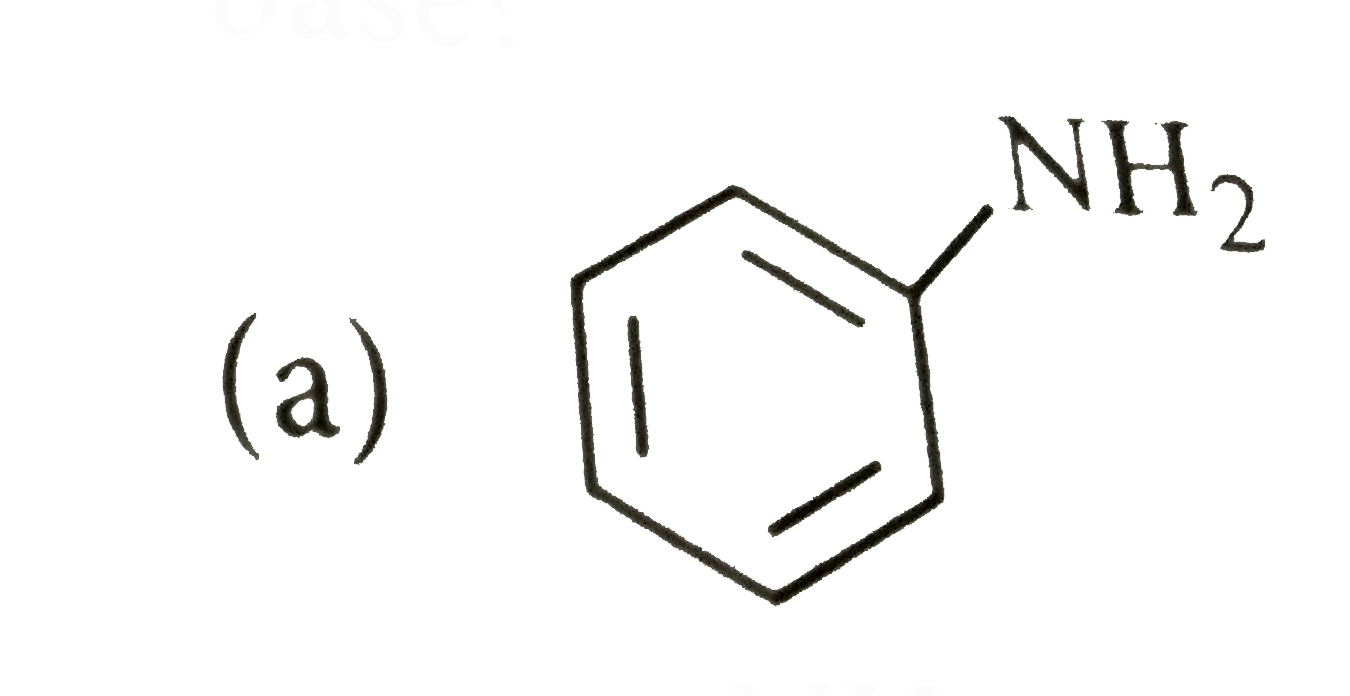

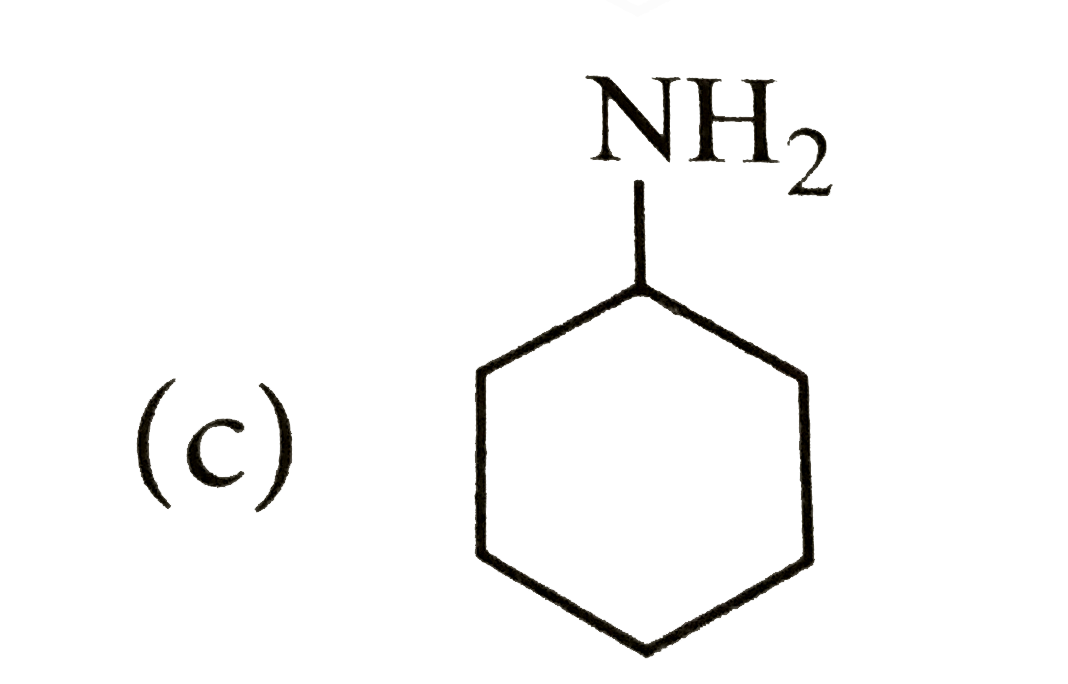
CH3NH2
To determine which of the following compounds is the weakest Bronsted base, we need to analyze the basicity of the given compounds. A Bronsted base is defined as a substance that can accept protons (H⁺ ions).
1. Understanding Bronsted Bases:
- A Bronsted base is a substance that can accept protons. The strength of a Bronsted base is influenced by the availability of the lone pair of electrons that can bond with a proton.
2. Analyzing the Compounds:
- Let's consider the compound aniline (C6H5NH2). Aniline has an amino group (-NH2) attached to a benzene ring. The lone pair of electrons on the nitrogen atom can be delocalized into the benzene ring.
3. Delocalization Effect:
- In aniline, the lone pair of electrons on the nitrogen atom is partially delocalized into the aromatic ring. This delocalization reduces the availability of the lone pair to bond with protons, making aniline a weaker base compared to other amines where the lone pair is more available.
4. Comparison with Other Amines:
- Other amines, such as alkyl amines (e.g., methylamine, ethylamine), do not have this delocalization effect. Their lone pairs are more available for protonation, making them stronger Bronsted bases.
5. Conclusion:
- Given that aniline has its lone pair delocalized into the benzene ring, it is less capable of accepting protons compared to other amines. Therefore, aniline is the weakest Bronsted base among the options provided.
Final Answer:
The weakest Bronsted base is aniline (C6H5NH2).
---
- A Bronsted base is a substance that can accept protons. The strength of a Bronsted base is influenced by the availability of the lone pair of electrons that can bond with a proton.
- Let's consider the compound aniline (C6H5NH2). Aniline has an amino group (-NH2) attached to a benzene ring. The lone pair of electrons on the nitrogen atom can be delocalized into the benzene ring.
- In aniline, the lone pair of electrons on the nitrogen atom is partially delocalized into the aromatic ring. This delocalization reduces the availability of the lone pair to bond with protons, making aniline a weaker base compared to other amines where the lone pair is more available.
- Other amines, such as alkyl amines (e.g., methylamine, ethylamine), do not have this delocalization effect. Their lone pairs are more available for protonation, making them stronger Bronsted bases.
- Given that aniline has its lone pair delocalized into the benzene ring, it is less capable of accepting protons compared to other amines. Therefore, aniline is the weakest Bronsted base among the options provided.
The weakest Bronsted base is aniline (C6H5NH2).
Topper's Solved these Questions
- AMINES BOOK - NCERT FINGERTPS ENGLISHCHAPTER - AMINES EXERCISE - NCERT EXEMPLER PROBLEMS
3 Videos
- AMINES BOOK - NCERT FINGERTPS ENGLISHCHAPTER - AMINES EXERCISE - ASSERTION & REASON CORNER
14 Videos
- AMINES BOOK - NCERT FINGERTPS ENGLISHCHAPTER - AMINES EXERCISE - HOTS
6 Videos
- ALDEHYDES, KETONES AND CARBOXYLIC ACIDSBOOK - NCERT FINGERTPS ENGLISHCHAPTER - ALDEHYDES, KETONES AND CARBOXYLIC ACIDSEXERCISE - Assertion And Reason
15 Videos
- BIOMOLECULESBOOK - NCERT FINGERTPS ENGLISHCHAPTER - BIOMOLECULESEXERCISE - Assertion And Reason
15 Videos
Similar Questions
Knowledge Check
Which of the following is the strongest Bronsted base ?
A B
B C
C D
D
Which of the following is the strongest Bronsted base ?
A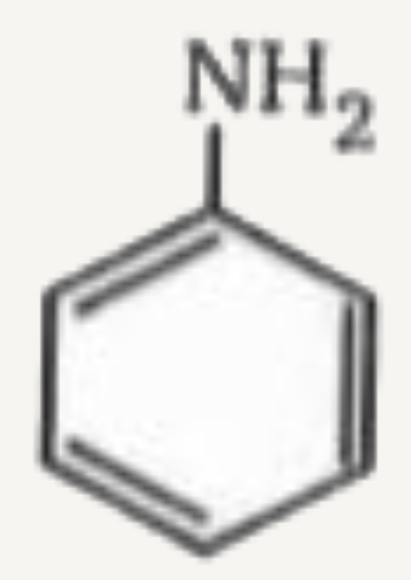 B
B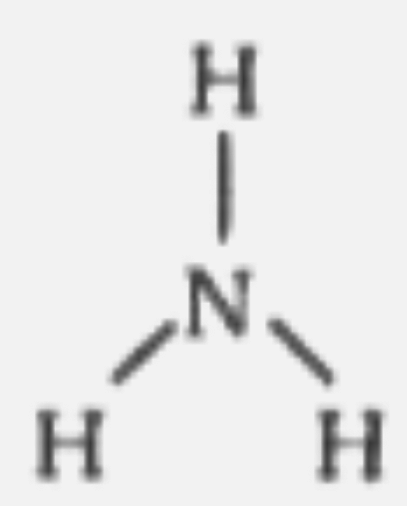 C
C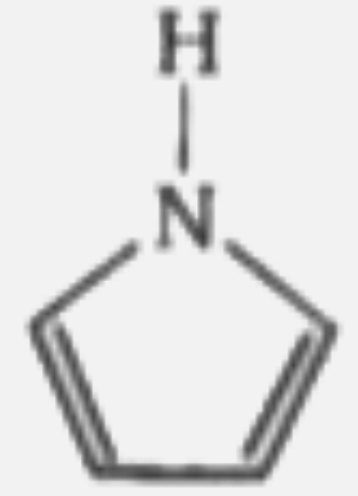 D
D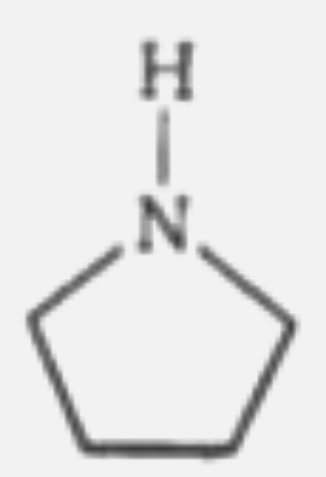
Which of the following is strongest Bronsted base?
A B
B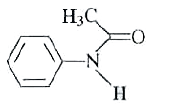 C
C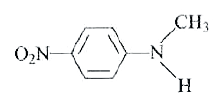 D
D
Which of the following is the weakest acid?
View SolutionWhich of the following is weakest acid?
View SolutionWhich of the following base is weakest ?
View SolutionWhich of the following species acts as Bronsted base but not as acid ?
View SolutionWhich of the following is the weakest acid ?
View Solution
